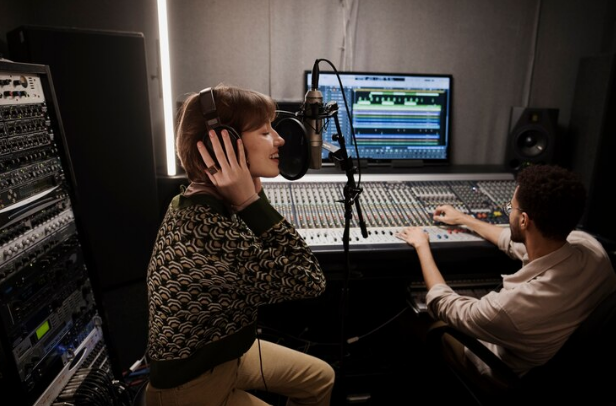EQ is the process of flattening the sound of every track in a mix. It mainly involves the balancing of different frequency ranges, so that some components can be enhanced and others reduced to give the required professional sound. Whether you are working on vocals, instruments, or any other audio feature, EQ plays a very important role in how your clean and balanced mix comes out.
EQ in Audio Mixing and Recording Studios in California
This becomes even more important
in a California audio mixing and recordingstudio, which is noted for the quality of sound production. Advanced EQ
techniques are used by engineers in these studios to address a host of audio
challenges, like reducing muddiness or adding clarity to tracks. This is all
done with the intention that every element in this mix is well-defined and
meets the highest standards of audio quality.
The Creative Element of EQ
EQ in an audio mixing studio is not there to correct anything, but it serves
as a creativity tool. Equalization can be used by the engineer to shape the
tonal quality of individual tracks and give the overall mix character and
depth. Stepping up certain frequencies can make vocals more prominent, and
cutting others can reduce undesirable resonances. Within this creative
application of EQ lies the extension of options for artistic expression that
will get the right feel for a project.
EQ is one of the most essential
tools in audio mixing that allows for clarity, balance, and enhancement of
tone. Mastering the techniques for EQ in audio mixing is very vital in the
delivery of professional-sounding mixes. Whether for technical adjustments or
creative enhancements, EQ helps ensure that every track glows in that final
mix.
Looking for best professional
studio in California for audio mixing? Reach out to Transported Audio for best
help possible.








